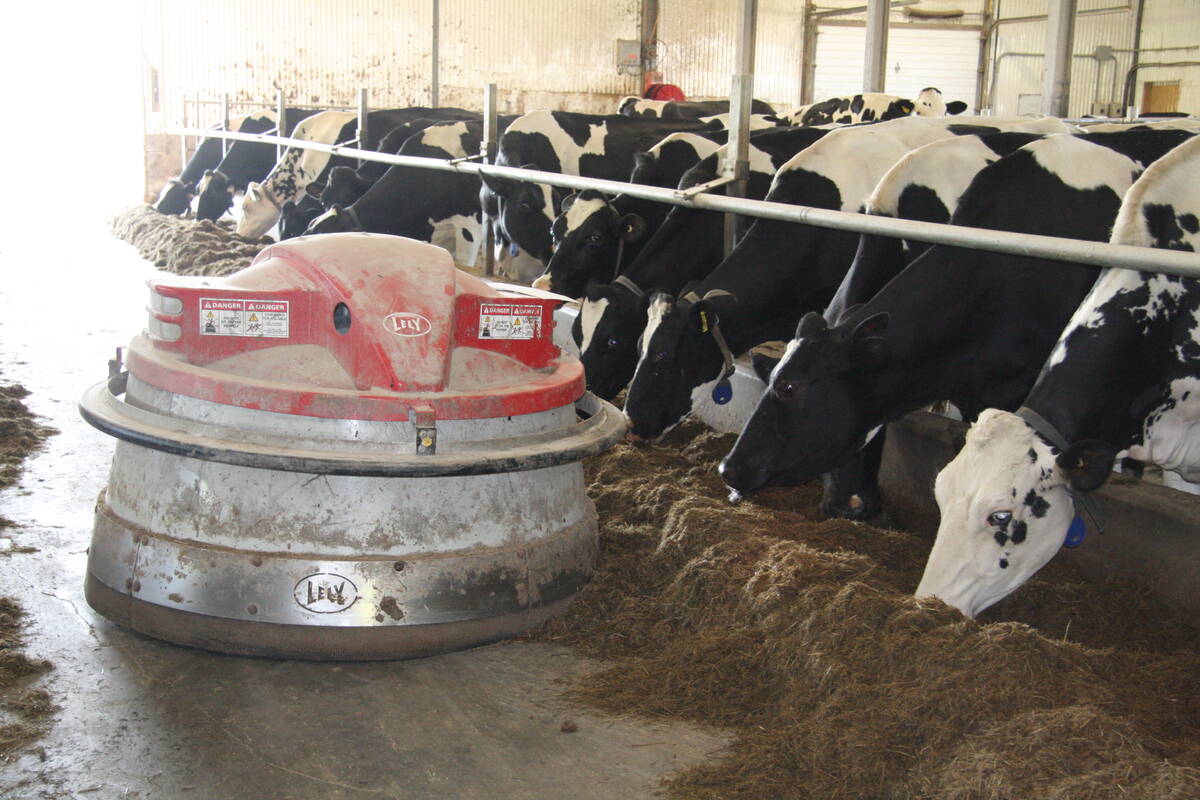Most people think they know what native pastures look like: a thin growth of wispy, burnt-up grass interspersed with blue sage, gopher holes and buckbrush.
Many farmers think that such land won’t generate enough cash returns to pay the taxes unless it is plowed up and seeded to something useful.
It doesn’t have to be that way, says Manitoba Agriculture farm production extension specialist Jane Thornton, who demonstrated how to conduct a pasture assessment during the West Souris Beef Club tour on July 23.
She told the tour that native prairie grass is a complex mix of plants adapted to thrive on low nutrients and moisture and make the most efficient use of the sunlight.
Read Also

Partnerships, communication key to disease management
Communication and strong, trusted partnerships are key to managing infectious diseases like Foot and Mouth Disease and HPAI.
Native pastures that aren’t damaged through overgrazing can offer surprisingly high rates of gain in both wet years and drought.
Determining the health of a native grassland pasture requires an up-close examination of its component parts, Thornton said. Once producers have determined the relative health status of their pasture, they can consider the best approach to maximizing its productivity.
The main consideration is the integrity of the plant population’s ecological status, she said. If non-native species such as Kentucky bluegrass and June grass make up at least 70 percent of the mix, the pasture should be considered modified and considerably downgraded in terms of health.
“That’s because a native plant community at the top of its game is as healthy as it can be,” Thornton said. “So that means it has all of the components – up to 100 species.”
More species diversity means a grass farmer has a wider palette of plants to work with in all conditions. Non-native species cannot capture as much energy from sunlight as their indigenous cousins under the wide range of climate conditions found on the Prairies.
Non-native species such as Kentucky bluegrass may be good forage for cattle, but only under conditions of high moisture and nitrogen. Once the summer heat dries up the pastures, the grass goes to seed and cattle avoid eating it.
“It’s a big hog for nitrogen,” Thornton said.
“It’s the same species they plant on lawns and golf courses. Try not watering your lawn or throwing on fertilizer.”
Another pasture health consideration is the structure of the plant population. The presence of all layers of species, such as shrubs, tall forbs, lichens and mosses on the soil surface, is key. Willows, for example, can offer emergency browsing for cattle in dry years.
Sufficient soil surface litter, which is generally fallen dead grass and leaves, is important because it provides nutrient cycling, insulates the soil from temperature extremes and reduces evaporation.
Native pasture stands may not look as impressive as a lush field of alfalfa or swaying brome, but that’s because the most important parts are hidden below the soil surface.
While tame forages have shallow root systems and large tops, native species have extensive root systems.
So long as they aren’t overgrazed and abused, native pastures can offer superior performance compared to tame forages in wet years and keep a grass farmer in business during long stretches of drought.
As evidence of the potential profits from properly managed native pasture, Marc Boulanger and his brother Daniel showed how a twice-over rotational grazing system on native pasture near Deleau, Man., maximized cattle gains by 2.5 to three pounds per day.
On roughly a quarter section of unbroken, unaltered grassland, 25 cow-calf pairs are brought in on June 1 or when the grass is in the three-leaf stage. The cattle are allowed a quick 15-day rotation through each of the pasture’s three paddocks, ranging in size from 63, 74 and 110 acres, so that the grass is stimulated to produce secondary tillers instead of going to seed.
“That’s what we graze on the second pass,” Boulanger said.
The second rotation period is extended to 30 days per paddock. The cattle are taken off the pasture by mid-October or later.
He said the pasture has improved enough after five years of using the twice-over system that the brothers have been able to add three more cow-calf pairs without the risk of overgrazing.
Thornton said overgrazing native pastures should be avoided at all costs. It can cause irreparable damage for which there is no easy fix.
For example, heavily applying manure or chemical fertilizer on native pasture could upset the delicate balance to a degree that it might never recover, she added.
“With strictly hay, you’re in a pickle,” said Thornton, adding that continuously cropping native hayland and shipping the bales elsewhere will eventually lead to falling yields. The bank account that was built up over 10,000 years may be huge, but even that massive hoard of nutrients will run out someday.
“We haven’t been on the Prairies very long and already the soils are telling the tale of declining organic matter.”














